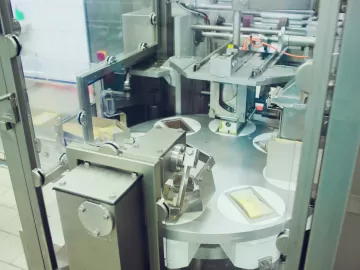Compressed Air at the Lowest Energy Cost; Energy Management at Ball Corporation
Compressed Air Best Practices interviewed Doug Barndt (Manager, Demand Side Energy-Sustainability), Joseph Gress (Principal Engineer, Demand Side Energy) from Ball Corporation and Chris Gordon (Compressed Air System Specialist) from Blackhawk Equipment.




